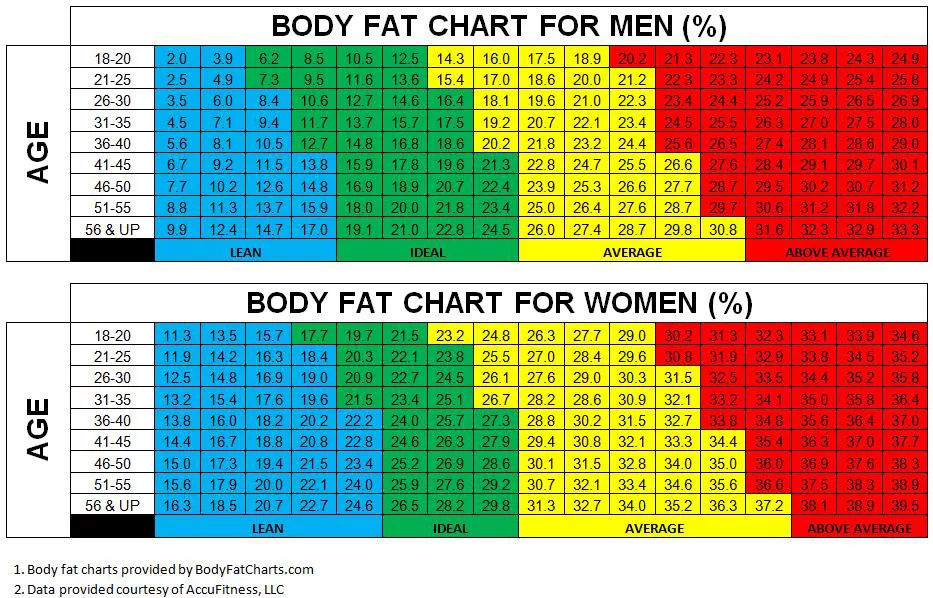If you know somebody that has been trying to slim down and get into form, you have most likely heard words such as, “I just eat one dish a day to reduce weight” or “I’m afraid if I consume, I’ll gain weight” however the sad thing is, this misnomer is why many people are in the “battle of the bulge”.
People all over the world still think that eating breakfast, or even 3 dishes a day will trigger them to obtain weight. In reality, as long as they are eating the right sorts of meals and exercising, then three typical meals or six small meals a day will in fact work better with their metabolism than eating the wrong amounts or not consuming frequently enough.
With more than half of Americans over the age of 20 now being considered “overweight”, now more than ever, we should understand exactly how metabolic process works in relation to dropping weight.
Why risk having a heart attack, a stroke, developing cancer, or diabetes when

all you need to do is make a few small modifications and live a healthy life? First, an individual’s metabolic rate is figured out by the number and size of respiring cells that jeopardize the body’s tissue, and the intensity of the metabolism in these cells.
These two elements incorporated are what make up the physiological foundation of the quantity of energy (calories) in which a body makes use of.
Remember that energy could not be developed or destroyed, simply altered. As we understand, potential energy comes from the meals we eat.
When talking about weight loss, there are three parts of well-balanced energy,

which include calorie intake, calories stored, and calories expended. The way it works is that if the quantity of calories taken in equals the quantity of calories being exhausted (burned), then there is balance and the body’s weight is dependable.
On the other hand, if the balance becomes positive, triggered by more food being consumed than is burned, energy is damaged or in better terms, stored as body fat.
It is very important to remember that you can be consuming a diet plan thought about low-fat and still gain weight. The reason is that the majority of dietary fat is kept while the body is burning carbs and proteins for energy.
The problem is the when a person gets weight, the increased level of fat becomes saved energy until the calorie balance is unfavorable. For that to happen, the quantity of calories burned needs to go beyond the number of calories being consumed, no matter exactly what the macronutrient content.
Metabolic process is the rate at which the body makes use of energy to support the standard functions vital to sustain life. This metabolic process is consisted of three parts, that include exercising (20 %), Thermic Result of Meals, additionally called TEF (10 %), and Resting Metabolism Rate or REM (70 %).
Exercising is the quantity of energy your body burns up throughout typical, daily tasks to consist of household chores, recreation, work, participating in sports like snowboarding, and so on.
Certainly, somebody that is physically energetic will burn more energy than an inactive individual will. TEF consider the energy utilized in absorbing and taking in nutrients, which would vary relying on the dish’s composition. When a person overeats, TEF is increased because more food has to be absorbed. Right here is where metabolic process becomes very fascinating and exactly what triggers a lot confusion.
One pound is equal to 3,500 calories, so let us state an individual eats 3,500 even more calories than regular. That individual would not acquire one pound due to the fact that the TED is considered but if 3,500 calories were cut attempting to reduce weight, then TEF lowers since there would be fewer nutrients to procedure.
The result is that with energy expense would lower, implying that the person would lose less than one pound in weight. In other words, by cutting out too much meals, TEF cannot work as it was made to do.
Now bear in mind that you cannot go around consuming a bunch of unhealthy food. After all, the calories you do consume need to be health foods but what this does mean is that when you do not eat, you are really working against your body in battling weight gain, not the other method around.
Lastly, the RMR describes the many calories the body needs to run its important features, in addition to chain reactions while in a rested state. This aspect of metabolic process accounts for the biggest number of calories burned every day. Exactly what happens is that if lean weight ought to be lost since of enhanced protein metabolism, then RMR reduces.
Usually, you would see this occur when an individual goes on a really meticulous diet. In this scenario, the body is required into an adverse nitrogen balance, which means a higher quantity of protein is lost than exactly what is changed due to the fact that of less protein/energy intake. When this imbalance happens, there is a gradual loss of lean weight, which then lowers RMR.
Exactly what takes place many times is that dieters will limit the quantity of lean fat burning with intense exercise for the muscles to develop a should keep even more protein. When this takes place, the body is forced to make use of even more energy from kept fats.
If you wish to put your metabolism to work for you, some basic actions can be taken:
- By adding a couple of added pounds of lean muscle, the metabolic rate can be raised by up to 200 % each day
- Remember that lean weight could burn as much as 20 times more calories than fat weight
- Routine workout is among the best means to enhance metabolism
- By consuming smaller meals and more typically, you can boost your metabolic process rate.
While you need to consume healthy meals, studies prove that exactly what matters most is the amount of a person’s body weight is credited to fat. Remember, excess fat is what links to significant health issues.
Therefore, it is very important that you maintain a healthy weight however more important that you oversee the fat-to-muscle ratio.
For instance, a lady standing 5′ 5″ may weigh only 125 pounds but have a 27 % body fat ratio, which is not good.

This individual worked hard to diet, while staying included with aerobics. Nonetheless, much of what she lost was not fat, however muscle. Although this weight would be thought about excellent for her height, her body fat to muscle ratio is too high.
An excellent way to optimize your fat-to-muscle ratio is by getting involved with weight training in addition to the nutrition and cardio. There are some informative websites that let you know precisely what your ratios are so you can attain a health fat-to-muscle ratio in addition to body weight.
Bear in mind, you are in control and have to make the choice to do something great for yourself. For that reason, now is the moment to take that control and fight to live a lean and healthy way of living.






